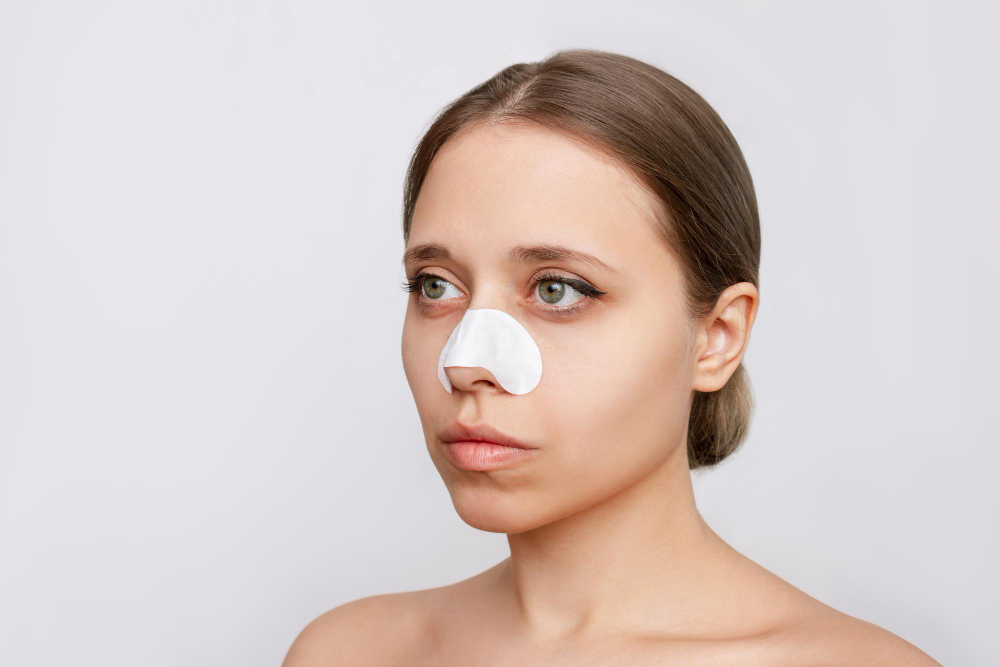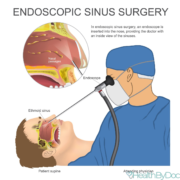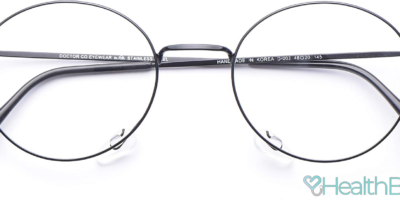Rhinoplasty recovery is a pivotal phase that significantly influences the overall success of the surgery and the patient’s satisfaction with their new appearance. During this period, individuals experience various physical changes, including swelling after rhinoplasty, which is quite common and can cause concern for many. Nutrition after rhinoplasty plays a key role in healing, making it essential to focus on a balanced diet rich in vitamins and proteins to support recovery. Moreover, adhering to activity restrictions post-rhinoplasty is vital to ensure optimal results and prevent complications, allowing patients to navigate their healing journey smoothly.
The journey of recovery from a nose job, often referred to as a nose reshaping procedure, encompasses several important factors that contribute to achieving desired aesthetic outcomes. This process includes managing the healing period, where individuals may notice changes such as bruising and swelling, particularly in the initial days after the surgery. Additionally, the emotional and mental aspects of recovering from a nose job are just as significant, with many patients experiencing fluctuations in mood as their new appearance settles in. Proper nutrition plays a critical role in ensuring a smooth recovery, while adhering to prescribed activity limitations is essential to avoid any setbacks.
What to Expect During Rhinoplasty Recovery
The first few days after surgery are often marked by swelling and bruising, which can cause concern for many patients. It is important to remember that these symptoms are part of the natural healing process. During this period, patients should focus on resting and following their surgeon’s post-operative care instructions. Gradually, as the days progress, you will notice a reduction in swelling and an improvement in your overall appearance, setting the foundation for a successful rhinoplasty outcome.

As the recovery process unfolds, patients can expect to experience various stages of healing. Typically, by the end of the first month, the most noticeable swelling will have subsided, allowing for a clearer appearance of the nose’s new shape. However, complete healing may take up to six months or longer, during which time your nose will continue to refine its contours. It’s essential to keep communication open with your healthcare provider, as they can provide support and guidance throughout your recovery journey.
Managing Swelling and Bruising Post-Rhinoplasty
Swelling and bruising are common concerns immediately following rhinoplasty, and managing these symptoms is vital for a smooth recovery. In the first week after surgery, patients can expect to see significant swelling in the nasal and facial area. This is largely due to the body’s inflammatory response to the surgical trauma. To alleviate these symptoms, applying cold compresses can be very effective. Cold therapy reduces blood flow to the area, helping to minimize swelling and discomfort.
Moreover, staying well-hydrated and following a nutritious diet can play a significant role in managing these symptoms. Foods rich in antioxidants and vitamins, particularly Vitamin C, can aid in healing and reducing bruising. Moreover, it is advisable to maintain a low-sodium diet during the initial recovery phase, as salt can contribute to water retention and increased swelling. By taking these proactive measures, patients can enhance their recovery experience and improve their overall results.
You can read more about swelling issue on our “Swelling After Nose Surgery: Causes and Effective Solutions” article.
Rhinoplasty Healing Process
The rhinoplasty healing process can be both exciting and challenging for patients. Initially, the focus is on minimizing swelling and bruising, but as time progresses, the attention shifts to the final shape of the nose. During the first month, patients should engage in light activities and avoid any strenuous exercise that could impact the healing process. It’s important to listen to your body and allow adequate time for rest and recovery.
As the healing continues, you may also notice fluctuations in your emotional state. The changes to your appearance can elicit feelings of anxiety or excitement. It’s essential to prepare mentally for this transformation and seek support from friends, family, or professional groups if needed. Being patient with yourself and recognizing that healing is a gradual process will help foster a positive mindset during your rhinoplasty recovery.
The Importance of Monthly Check-ups After Rhinoplasty
Regular monthly check-ups after rhinoplasty are crucial for monitoring progress and addressing any concerns that may arise during the recovery process. These appointments allow your surgeon to assess the healing of the nasal structures and ensure that everything is progressing as expected. Additionally, they provide an opportunity for patients to discuss their experiences and any emotional challenges they may face post-surgery.
These consultations not only focus on physical recovery but also emphasize the psychological aspects of healing. Patients may encounter feelings of dissatisfaction or anxiety as they await the final results of their rhinoplasty. By maintaining a consistent follow-up schedule with their healthcare provider, patients can gain reassurance and necessary support during this pivotal time.
Results and Changes at 6 Months After Rhinoplasty
At six months post-rhinoplasty, patients can expect to see significant changes in the appearance of their nose. By this time, most of the swelling should have completely resolved, revealing the final contour and shape. Many patients feel a renewed sense of confidence as they adjust to their new look, appreciating the improvements that rhinoplasty has brought to their facial aesthetics.
However, it’s essential to understand that while the major changes are apparent at this stage, minor adjustments may still occur over the next few months. The nose will continue to refine and settle into its final shape. Regular follow-ups with your surgeon during this time can help ensure that any lingering concerns are addressed and that the results are in line with your expectations.
Important Considerations Post-Rhinoplasty
After rhinoplasty, there are several important considerations that patients should keep in mind to ensure a smooth recovery. First and foremost, patients should adhere to their surgeon’s recommendations regarding post-operative care. This includes the use of cold compresses, avoiding strenuous activities, and following up regularly with their healthcare provider to monitor healing.

Additionally, nutrition plays a vital role in recovery. A balanced diet rich in proteins, vitamins, and minerals can significantly enhance the body’s healing capacity. Foods high in Vitamin C, such as citrus fruits and leafy greens, can help reduce swelling and support skin health. It is also advisable to avoid alcohol and smoking, as these can negatively impact recovery and overall results.
Nutrition Recommendations for Patients After Rhinoplasty
Proper nutrition is instrumental in promoting healing after rhinoplasty. During the recovery phase, patients should focus on a diet rich in nutrients that support tissue repair and reduce inflammation. Consuming high-protein foods, such as lean meats, fish, and legumes, can aid in wound healing and restore strength to the body.
Incorporating plenty of fruits and vegetables, especially those high in antioxidants and Vitamin C, can also enhance recovery. Hydration is equally important; drinking adequate water helps flush out toxins and maintain skin elasticity, which is crucial as the nose heals. Furthermore, minimizing sodium intake will help reduce swelling, providing a more comfortable recovery experience.
Activity Restrictions After Rhinoplasty
Activity restrictions are a vital part of the rhinoplasty recovery process. Patients are advised to avoid strenuous exercise and heavy lifting for at least four to six weeks post-surgery. Engaging in these activities too soon can lead to complications, such as increased swelling or even damage to the newly shaped nose.
In addition to avoiding physical exertion, patients should also protect their noses from potential impacts. Activities like contact sports or anything that could risk a blow to the face should be postponed until the nose is fully healed. Adhering to these restrictions is crucial for ensuring a successful recovery and achieving the desired results from rhinoplasty.
Mental Preparation: Emotional Processes After Rhinoplasty
The emotional aspect of rhinoplasty recovery is just as important as the physical healing process. Patients often experience a range of feelings, from excitement to anxiety, as they adjust to their new appearance. Being mentally prepared for this journey can help individuals navigate the ups and downs that may arise post-surgery.
It’s essential for patients to allow themselves time to process these changes. Seeking support from friends, family, or support groups can provide a valuable outlet for expressing feelings and discussing experiences. Acknowledging and addressing emotional fluctuations can lead to a healthier recovery experience and greater satisfaction with the results.
What to Do for Permanent Results After Rhinoplasty
Achieving permanent results after rhinoplasty hinges on several important factors. First and foremost, patients must strictly follow their surgeon’s post-operative instructions to minimize the risk of complications and ensure optimal healing. This includes adhering to activity restrictions and avoiding any behaviors that could jeopardize the results.

In addition to following medical advice, maintaining a balanced diet, staying hydrated, and protecting the nose from sun exposure are critical for preserving the results of the surgery. Patience is also key, as the final appearance of the nose may continue to evolve for several months after the procedure. Embracing this journey with a positive mindset will contribute to a successful and satisfying outcome.
Frequently Asked Questions
What should I expect during the rhinoplasty recovery process?
During the rhinoplasty recovery process, expect significant swelling and bruising, particularly in the first week. By the end of the first month, these symptoms will begin to subside, and the overall appearance of your nose will start to improve. Healing varies by individual, but patience is key as complete results may take up to six months to fully manifest.
How long does swelling last after rhinoplasty?
Swelling after rhinoplasty is most pronounced during the first week and typically decreases significantly by the end of the first month. While much of the swelling subsides, some residual swelling may persist for several months, with final results generally becoming apparent around the six-month mark.
What nutrition should I focus on during rhinoplasty recovery?
Nutrition after rhinoplasty is crucial for supporting healing. Focus on a diet rich in protein (like chicken and fish) to aid wound healing, and include Vitamin C-rich fruits (like oranges and strawberries) to help with bruising. Staying hydrated and avoiding alcohol and caffeine will also support your recovery.
Are there any activity restrictions I should follow after rhinoplasty?
Yes, after rhinoplasty, activity restrictions are important for a successful recovery. Avoid strenuous activities, heavy lifting, and contact sports for at least the first month. Gentle movement is encouraged, but be cautious to protect your healing nose from impacts.
What psychological effects might I experience after rhinoplasty?
The psychological effects of rhinoplasty can include a mix of emotions such as excitement, anxiety, and self-consciousness about your new appearance. It’s normal to experience emotional fluctuations during recovery, so consider seeking support from friends, family, or professionals to navigate these feelings.
How often should I have check-ups during rhinoplasty recovery?
Monthly check-ups after rhinoplasty are recommended to monitor your healing progress and address any concerns. These visits allow your doctor to assess the nasal structure, swelling, and overall recovery, ensuring you are on track for the best possible results.
What are the signs of complications during rhinoplasty recovery?
Signs of complications during rhinoplasty recovery may include excessive swelling, persistent pain, unusual discharge, or fever. If you notice any of these symptoms, contact your surgeon immediately for evaluation and guidance.
What is the best way to manage swelling after rhinoplasty?
To manage swelling after rhinoplasty, use cold compresses as recommended, maintain your head elevated while resting, and follow your doctor’s instructions regarding medications. Staying hydrated and avoiding salty foods can also help reduce swelling.
When will I see the final results from my rhinoplasty?
Final results from rhinoplasty typically become visible around the six-month mark, although some subtle changes may continue for up to a year. It’s important to be patient as your nose continues to heal and settle into its new shape.
What should I do for permanent results after rhinoplasty?
To achieve permanent results after rhinoplasty, adhere strictly to your surgeon’s post-operative care instructions, maintain a healthy diet, avoid strenuous activities for the recommended time, and protect your nose from sun exposure. Regular follow-ups with your doctor are also essential for ongoing support.
| Key Points | Details |
|---|---|
| What to Expect in the 1st Month | Significant changes in nose structure; swelling and bruising decrease gradually. |
| Swelling and Bruising | Common post-surgery; typically subsides by the end of the first month. |
| Recovery Process Overview | Varies by individual; rest, hydration, and following doctor’s advice are crucial. |
| Importance of Monthly Check-ups | Essential for monitoring recovery and managing emotional health. |
| Results at 6 Months | Nose achieves natural appearance; swelling significantly reduced. |
| Post-Rhinoplasty Considerations | Avoid impacts; focus on nutrition and hydration. |
| Nutrition Recommendations | High protein and vitamin C foods; limit salt and stay hydrated. |
| Activity Restrictions | No physical activity for at least the first month; avoid contact sports. |
| Mental Preparation | Emotional fluctuations are normal; seek support if needed. |
| Achieving Permanent Results | Follow surgeon’s instructions, rest, and maintain a positive mindset. |
Summary
Rhinoplasty recovery is a crucial phase that requires careful management and adherence to guidelines to ensure optimal results. The initial month brings significant changes, and patients must remain patient as their noses heal and swell subsides. Regular check-ups and supportive nutrition play vital roles in this process. By taking necessary precautions and allowing the body ample time to heal, individuals can achieve lasting aesthetic benefits and enhanced confidence after their rhinoplasty.
















Comments